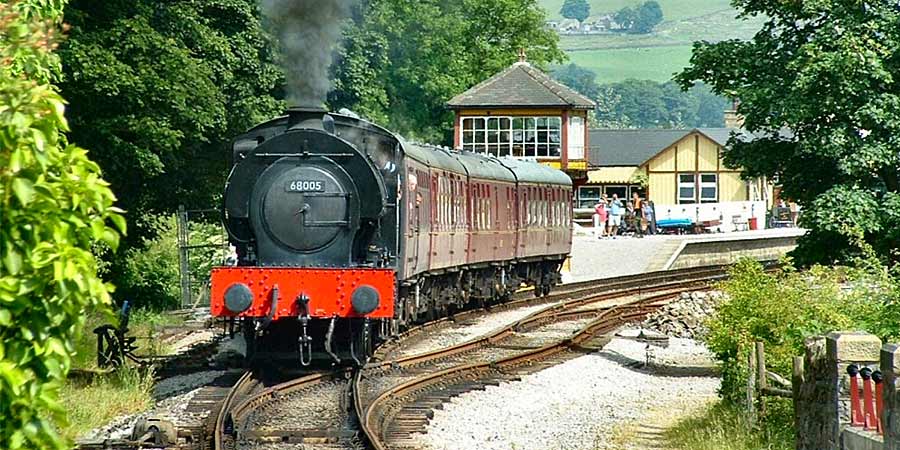Bolton Abbey
Near to the Yorkshire market town of Skipton, the village of
Bolton Abbey forms part of an historic 30,000-acre country estate;
an area of outstanding beauty comprising woodlands and-heather clad
moors through which the River Wharfe runs.
The estate, listed in the Domesday Book, belonged in the eleventh
century to Edwin, Earl of Mercia, but following the Norman Conquest
was ceded to French nobleman Robert de Romille, whose family owned
it until their line ended in the fourteenth century. King Edward II
bestowed Bolton Abbey upon English soldier Robert de Clifford. By
marriage the estate became the property of the Duke of Devonshire
in the eighteenth century and is currently owned by the twelfth
Duke.

